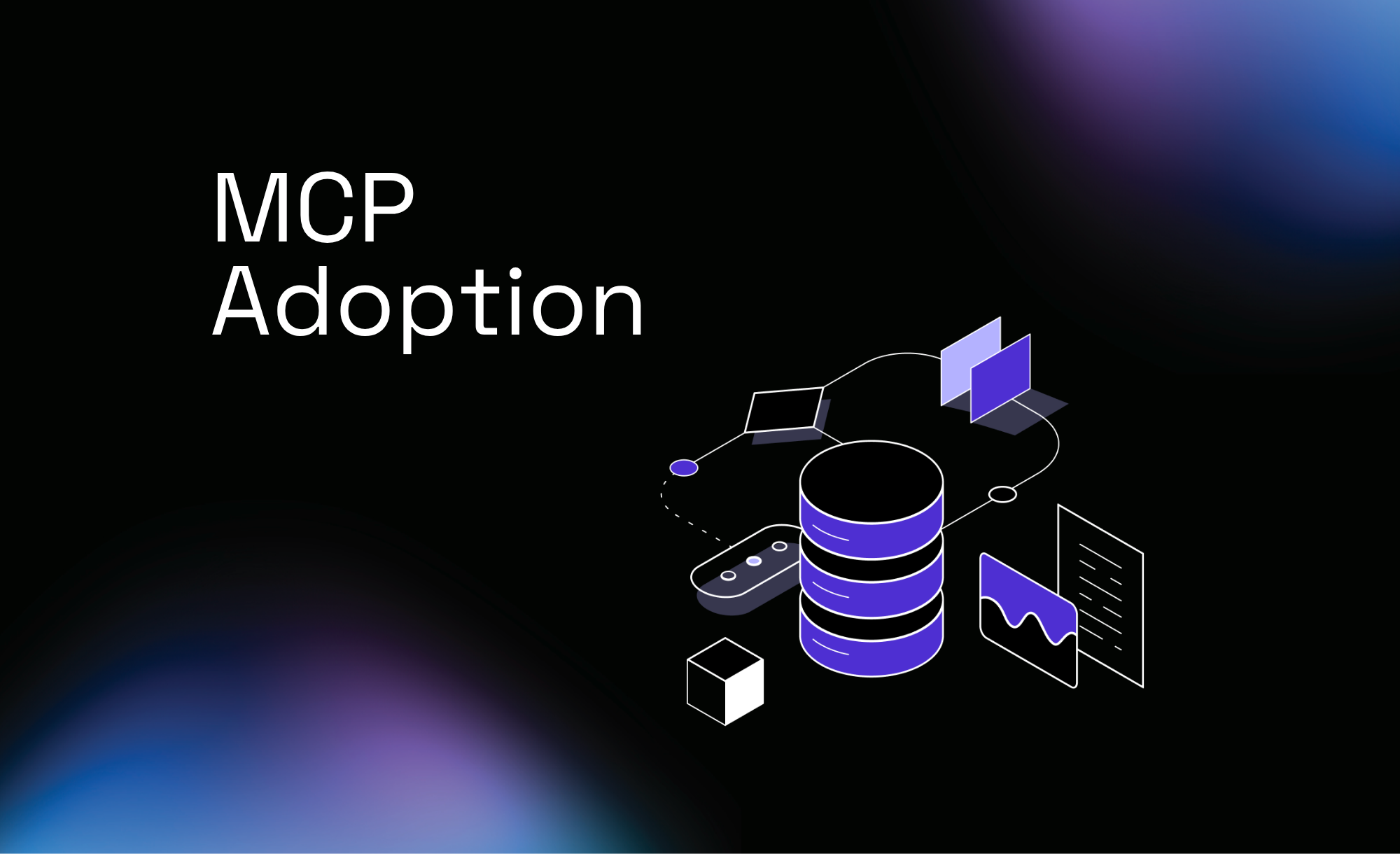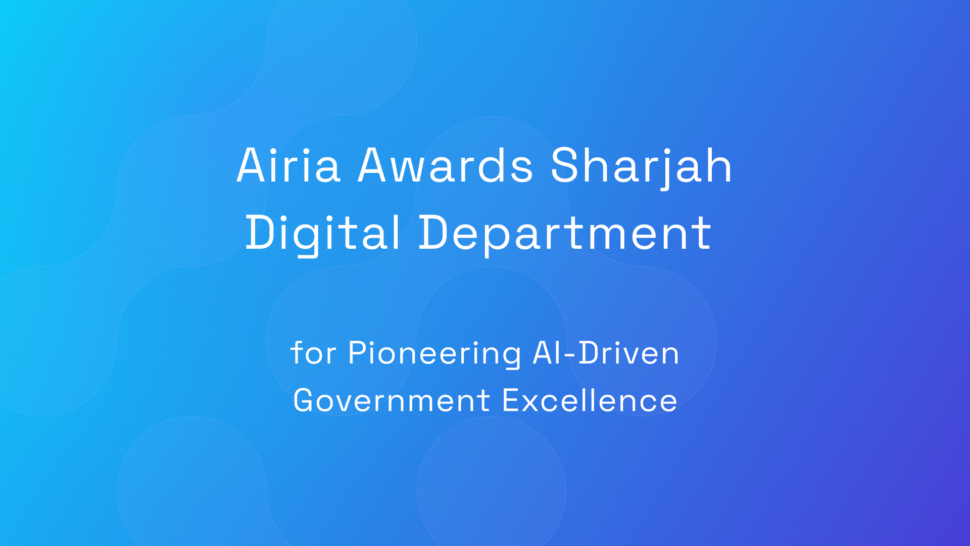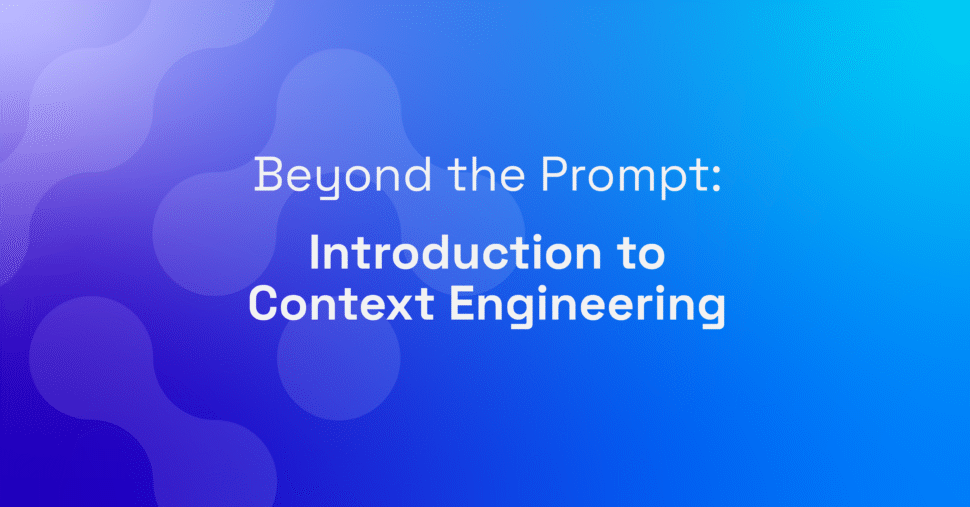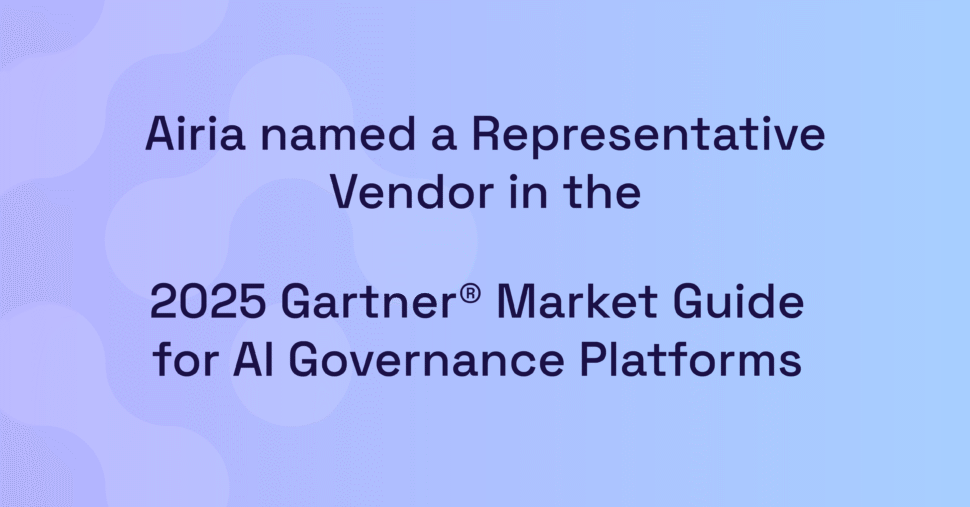Table of Contents
I believe the future of enterprise software lies in collaborative AI ecosystems, powered by secure, interoperable agents.
This vision is rapidly becoming reality with the emergence of the Model Context Protocol (MCP), a framework that promises to transform how large language models interact with enterprise tools and data sources. However, as with any revolutionary technology, the path to enterprise adoption is fraught with security challenges that must be addressed before organizations can fully embrace MCP’s transformative potential.
The Business Value Proposition of MCP
The Model Context Protocol represents a fundamental shift in how AI agents operate within enterprise environments. Unlike traditional AI implementations that rely on static training data, MCP enables dynamic context enrichment, allowing LLMs to access real-time, context-specific tools during task execution.
This capability delivers four critical business advantages:
#1: Dynamic Context Enrichment transforms AI interactions from static conversations into dynamic problem-solving sessions. When an AI agent can access live APIs, databases, and calculators in real-time, it moves beyond generating plausible-sounding responses to providing accurate, actionable insights grounded in current data.
#2: Modular Toolchains offer unprecedented customization opportunities. Organizations can now plug specialized tools—code interpreters, internal knowledge bases, proprietary APIs—directly into their AI workflows without the massive undertaking of retraining models. This modularity accelerates deployment timelines and reduces the total cost of AI implementation.
#3: Interoperability addresses one of enterprise IT’s most persistent challenges: vendor lock-in. By standardizing communication between LLMs and external systems, MCP enables hybrid tool ecosystems where best-of-breed solutions can work together seamlessly, regardless of vendor.
#4: Cost Efficiency emerges from grounding AI responses in validated tools rather than relying solely on training data. This approach dramatically reduces hallucination risks, minimizing the downstream costs of error correction and the reputational damage of AI-generated misinformation.
The Enterprise Adoption Challenge
Despite these compelling benefits, enterprise adoption of MCP faces significant security hurdles that cannot be overlooked. The very features that make MCP powerful—dynamic tool integration, real-time data access, and external system connectivity—also create new attack vectors that traditional security frameworks weren’t designed to address.
Here are 5 common threats that you should be aware of:
#1: Tool Poisoning and Rug Pulls represent perhaps the most insidious threat. Malicious actors can inject harmful tools or modify existing ones, effectively turning trusted enterprise applications into trojan horses. Imagine a scenario where a “file reader” tool is secretly replaced with malware, or where a financial calculation tool is modified to introduce subtle errors that compound over time.
#2: Data Leakage concerns multiply when MCP servers handle sensitive enterprise context. Every tool interaction potentially exposes proprietary data, personally identifiable information, or trade secrets to unauthorized parties. For regulated industries, this risk alone can be a deal-breaker for MCP adoption.
#3: Unauthorized Tool Execution scenarios arise when weak authentication allows attackers to force LLMs to execute unintended tools. The consequences range from data deletion to privilege escalation, depending on the tools accessible through the MCP framework.
#4: Dependency Risks emerge from the distributed nature of MCP ecosystems. Community-hosted MCP servers may disappear without notice or push untested updates that disrupt critical business workflows. The “rug pull” phenomenon, familiar in cryptocurrency contexts, poses similar risks in enterprise AI deployments.
#5: Insecure Communication channels, particularly unencrypted HTTP streaming or misconfigured Server-Sent Events, expose enterprise traffic to man-in-the-middle attacks, potentially compromising both data integrity and confidentiality.
Airia's Approach to Securing MCP
At Airia, we’ve developed a comprehensive security framework that addresses these challenges head-on, enabling enterprises to harness MCP’s power without compromising security or control. Our approach centers on three core innovations that collectively represent a paradigm shift in secure AI orchestration.
Ephemeral Sandboxes: Security Through Impermanence
One of our most significant innovations lies in our ephemeral container architecture. When an MCP server is needed, we spin up a dedicated Kubernetes container in the cloud, execute the required operations, and tear down the entire environment upon completion.
This approach delivers two critical security benefits that no other player in the market currently offers in combination:
- The sandbox provides complete isolation for each transaction, ensuring that potential security breaches cannot spread beyond a single interaction.
- More importantly, the ephemeral nature ensures zero data retention—no credentials, context, or sensitive information persists longer than necessary for request processing.
This architectural choice eliminates entire categories of attacks that rely on persistent access to compromised systems.
Consider the security implications: even if a bad actor somehow compromises an MCP server during execution, they gain no persistent foothold. The compromised environment is destroyed within moments, taking any malicious modifications with it. This stands in stark contrast to traditional approaches where compromised long-running services can be exploited over extended periods.
Advanced Lifecycle Management and Version Control
Our platform extends beyond simple sandboxing to include sophisticated MCP server lifecycle management and version pinning capabilities. We maintain detailed records of tool versions, descriptions, and checksums, enabling visual comparison across updates. When an MCP server attempts to modify its tool definitions or when we detect unexpected changes in tool signatures, our system automatically flags these modifications for administrative review.
This tool change comparison functionality provides administrators with clear visibility into potentially malicious modifications. Whether it’s a subtle change in a calculation algorithm or the sudden appearance of new tools, our platform ensures that no modifications go unnoticed.
Guardrails Against Indirect Prompt Injection
Perhaps most uniquely, we apply sophisticated guardrails to tool responses to prevent indirect prompt injection attacks. This capability addresses a threat vector that many organizations don’t even recognize – malicious actors embedding instructions within tool responses that attempt to manipulate the AI agent’s behavior.
By validating and sanitizing tool responses before they reach the language model, we prevent scenarios where compromised data sources could hijack AI agent behavior. This protection layer is critical as AI agents become more sophisticated and gain access to increasingly sensitive enterprise resources.
Organizations ready to explore secure MCP integration can learn more about Airia’s comprehensive approach watch our on-demand webinar.



